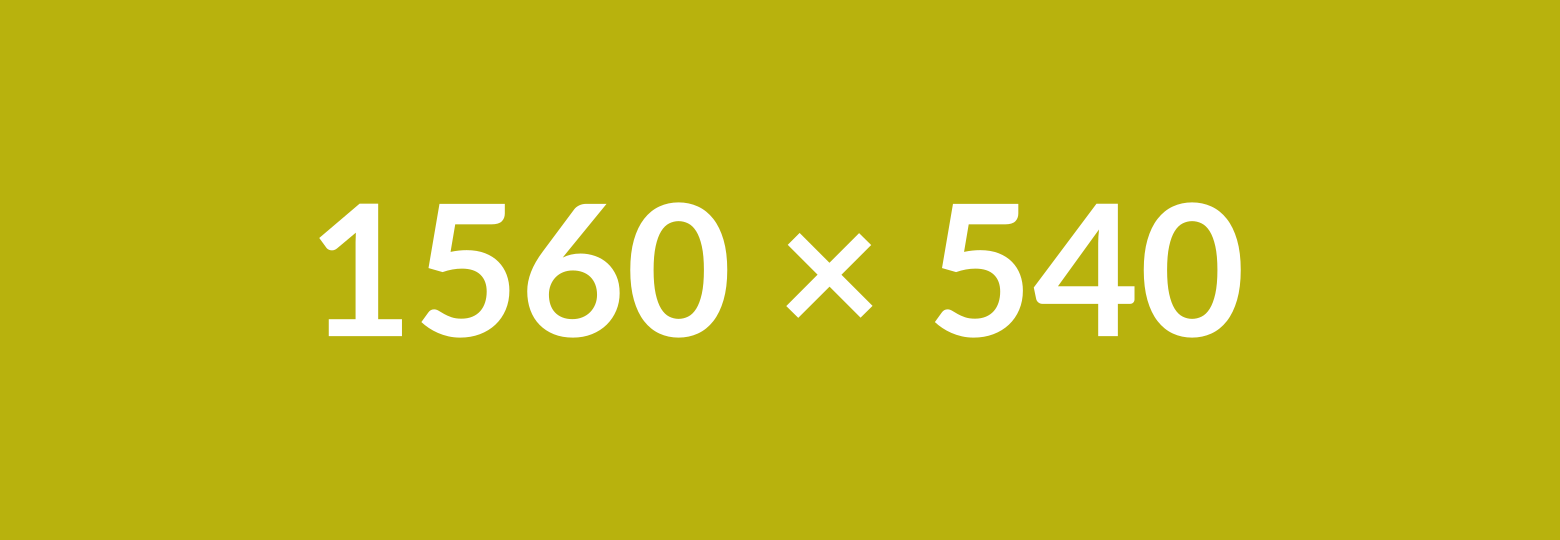
Weight Bearing CT for lower extremity and AlterG Anti-Gravity Treadmill
Introducing WalkBot, the Middle East's pioneering robot-assisted gait training system, transforming rehabilitation with cutting-edge technology and personalized support.
Weight Bearing CT for lower extremity and AlterG Anti-Gravity Treadmill
Introducing the fusion of Weight Bearing CT imaging and the AlterG Anti-Gravity Treadmill – a cutting-edge solution revolutionizing lower extremity rehabilitation. This innovative pairing offers clinicians unparalleled insights into weight-bearing mechanics while providing patients with a supportive environment for targeted therapy. Let's explore five key applications of this integrated system.
- Orthopedic Rehabilitation: The integration of Weight Bearing CT imaging with the AlterG Anti-Gravity Treadmill is instrumental in orthopedic rehabilitation. It allows clinicians to assess the structural integrity of the lower extremities under weight-bearing conditions, aiding in the diagnosis and treatment planning for conditions such as fractures, ligament injuries, and joint degeneration.
- Gait Analysis and Correction: The combined technology facilitates comprehensive gait analysis by providing detailed insights into biomechanical abnormalities during weight-bearing activities. Clinicians can identify deviations from normal gait patterns and develop targeted interventions to correct issues such as uneven weight distribution, gait asymmetry, and abnormal foot mechanics.
- Preoperative Planning for Joint Surgeries: Weight Bearing CT imaging enables precise preoperative planning for joint replacement surgeries, such as knee or hip arthroplasty. By assessing joint alignment, bone morphology, and weight-bearing distribution, clinicians can optimize surgical plans and ensure proper implant positioning, ultimately improving postoperative outcomes and longevity of joint replacements.
- Sports Medicine and Performance Enhancement: Athletes and sports professionals' benefit from the integration of Weight Bearing CT and the AlterG Treadmill for performance enhancement and injury prevention. The technology allows for detailed assessment of biomechanical stressors on the lower extremities during athletic activities, facilitating targeted training programs and biomechanical adjustments to optimize performance and reduce the risk of injuries.
- Neurological Rehabilitation: In neurological rehabilitation settings, the combined technology aids in the assessment and treatment of conditions affecting the lower extremities, such as stroke, spinal cord injury, and cerebral palsy. Clinicians can utilize the data obtained from Weight Bearing CT scans and gait analysis to tailor rehabilitation protocols focused on improving mobility, balance, and functional independence for patients with neurological impairments.



